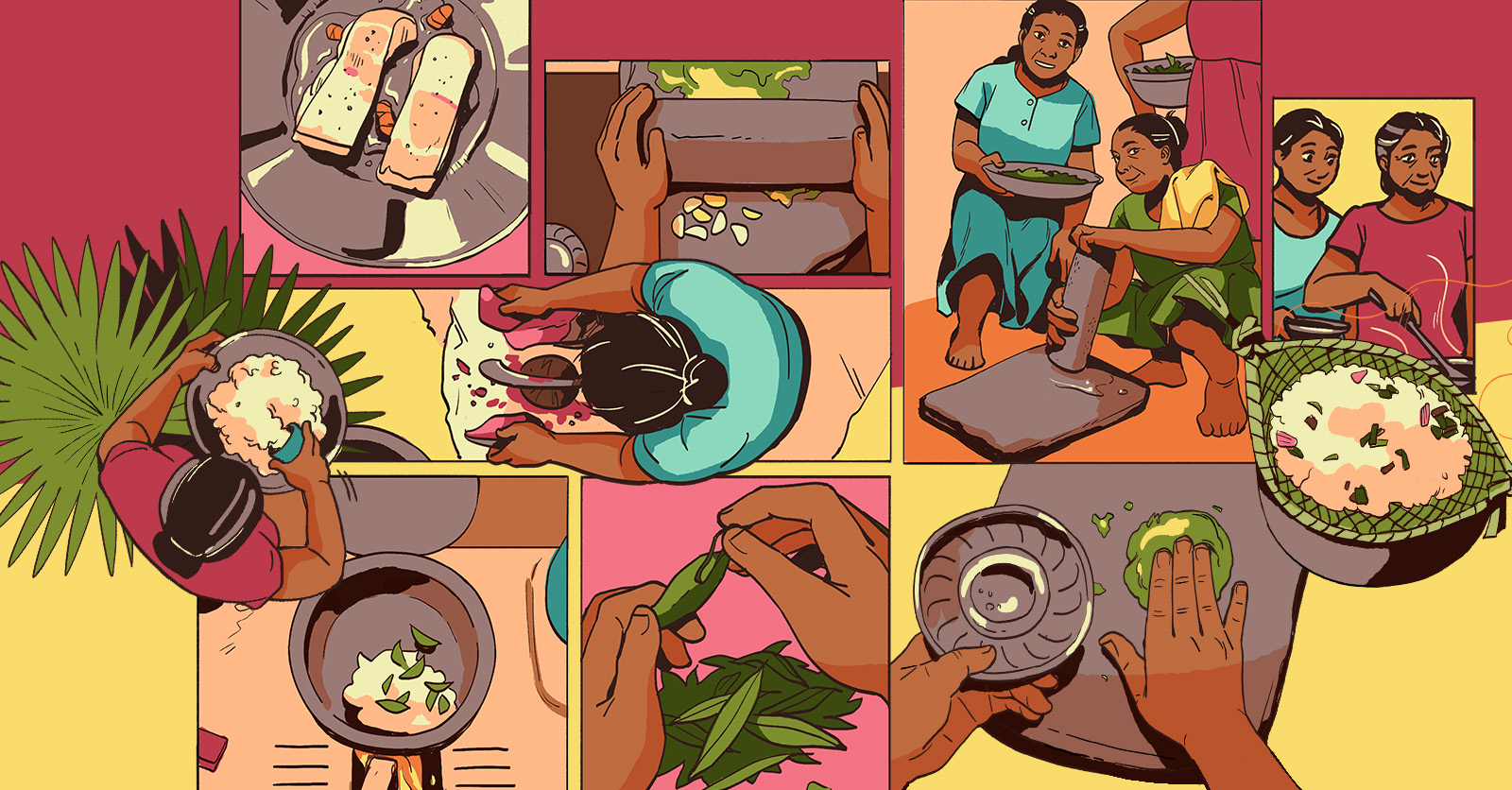
Pei Ying wears many hats in Kontinentalist. She leads the company in achieving its overall business and editorial goals, making strategic business development plans, and managing partnerships. Her background and passion for history is the driving force behind many of her stories, which delve into cultural and historical contexts. In her free time, she is likely tending to her veggie garden, cooking, or cuddling her two fat cats.

Mick graduated with a BA in Law (First Class) from Oxford University. He oversees Kontinentalist’s network of strategic partners and outreach operations, in pursuit of unleashing data's potential for good in Asia. Besides lending his time to social justice research and advocacy, he loves surprising people, good journalism, and dreams of cycling around with his own dog one day.
Spice Zi Kitchen is an Indian Muslim home-cooking experience that showcases the lesser known dishes rarely found in hawkers or restaurants. This experience is led by Mama Zi (a home cook for 30 years) and her daughter, Baby T(aahira). Together, they use food as an entry point to share the culture, customs, and heritage of their Indian Muslim community in Singapore.








